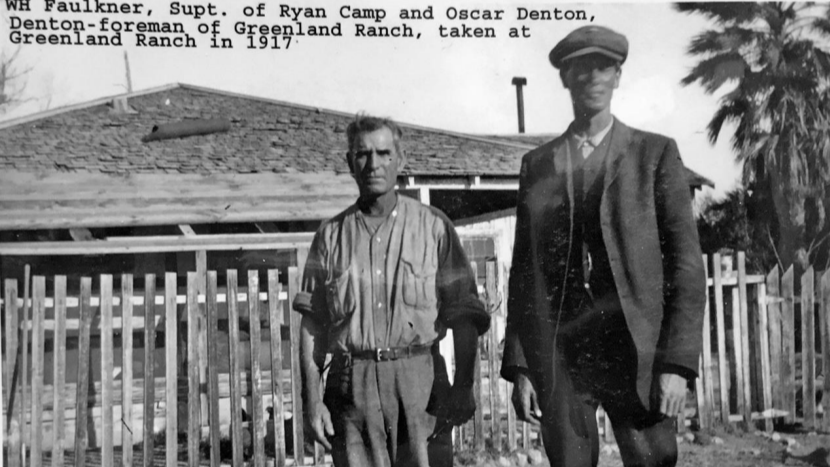
Oops! 11 Failed Doomsday Predictions
Mark Your Calendars ...
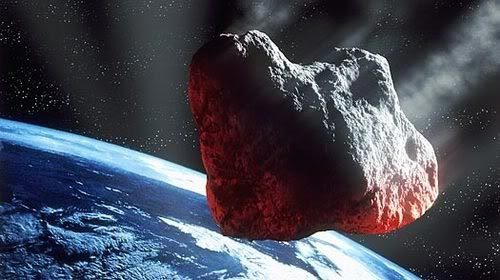
When it comes to apocalypse and planet-wide destruction, there seem to be no shortage of details on the when and how and why, with some "prophets" saying they are certain the world will come to a halt on this day or that. Most prophets of doom come from a religious perspective, though the secular crowd has caused its share of scares as well. One thing the doomsday scenarios tend to share in common: They don't come to pass. [Infographic: A Brief History of Doomsday]
The Prophet Hen of Leeds, 1806

History has countless examples of people who have proclaimed that the return of Jesus Christ is imminent, but perhaps there has never been a stranger messenger than a hen in the English town of Leeds in 1806. It seems that a hen began laying eggs on which the phrase "Christ is coming" was written. As news of this miracle spread, many people became convinced that doomsday was at hand — until a curious local actually watched the hen laying one of the prophetic eggs and discovered someone had hatched a hoax. [End of the World: Top Doomsday Fears]
The Millerites, April 23, 1843
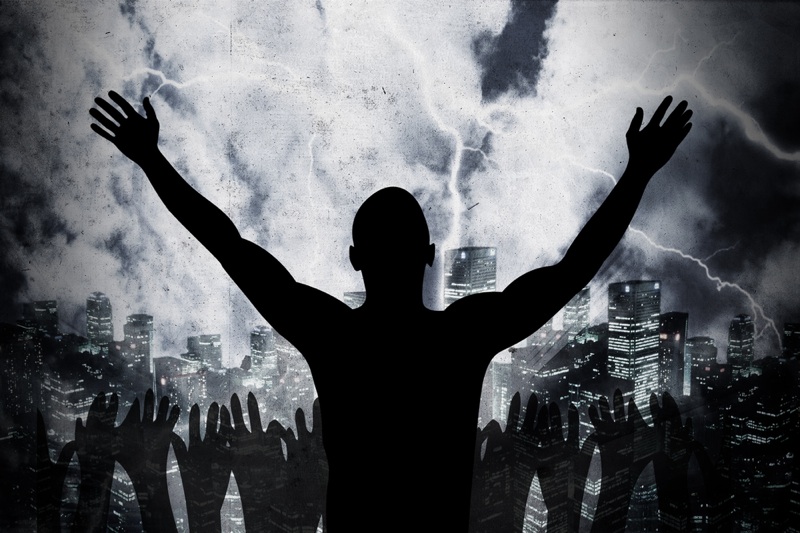
A New England farmer named William Miller, after several years of very careful study of his Bible, concluded that God's chosen time to destroy the world could be divined from a strict literal interpretation of scripture. As he explained to anyone who would listen, the world would end some time between March 21, 1843 and March 21, 1844. He preached and published enough to eventually lead thousands of followers (known as Millerites), who decided that the actual date was April 23, 1843. Many sold or gave away their possessions, assuming they would not be needed; though when April 23 arrived (but Jesus didn't), the group eventually disbanded — some of them forming what is now the Seventh Day Adventists.
Mormon Armageddon, 1891 or earlier

Joseph Smith, founder of the Mormon church, called a meeting of his church leaders in February 1835 to tell them that he had spoken to God recently, and during their conversation he learned that Jesus would return within the next 56 years, after which the End Times would begin promptly.
Halley's Comet, 1910

In 1881, an astronomer discovered through spectral analysis that comet tails include a deadly gas called cyanogen (related, as the name implies, to cyanide). This was of only passing interest until someone realized that Earth would pass through the tail of Halley's comet in 1910. Would everyone on the planet be bathed in deadly toxic gas? That was the speculation reprinted on the front pages of The New York Times and other newspapers, resulting in a widespread panic across the United States and abroad. Finally even-headed scientists explained that there was nothing to fear.
Photo above of Halley's Comet was taken Jan. 13,1986, by James W. Young, resident astronomer of JPL's Table Mountain Observatory in the San Bernardino Mountains, using the 24-inch reflective telescope. [See more photos of Halley's Comet]
Pat Robertson, 1982

In May 1980, televangelist and Christian Coalition founder Pat Robertson startled and alarmed many when — contrary to Matthew 24:36 ("No one knows about that day or hour, not even the angels in heaven ...") he informed his "700 Club" TV show audience around the world that he knew when the world would end. "I guarantee you by the end of 1982 there is going to be a judgment on the world," Robertson said.
Get the world’s most fascinating discoveries delivered straight to your inbox.
Heaven's Gate, 1997

When comet Hale-Bopp appeared in 1997, rumors surfaced that an alien spacecraft was following the comet — covered up, of course, by NASA and the astronomical community. Though the claim was refuted by astronomers (and could be refuted by anyone with a good telescope), the rumors were publicized on Art Bell's paranormal radio talk show "Coast to Coast AM." These claims inspired a San Diego UFO cult named Heaven's Gate to conclude that the world would end soon. The world did indeed end for 39 of the cult members, who committed suicide on March 26, 1997. [Read: Failed Doomsday Has Real Deadly Consequences]
Y2K, Jan. 1, 2000

As the last century drew to a close, many people grew concerned that computers might bring about doomsday. The problem, first noted in the early 1970s, was that many computers would not be able to tell the difference between 2000 and 1900 dates. No one was really sure what that would do, but many suggested catastrophic problems ranging from vast blackouts to nuclear holocaust. Gun sales jumped and survivalists prepared to live in bunkers, but the new millennium began with only a few glitches.
May 5, 2000
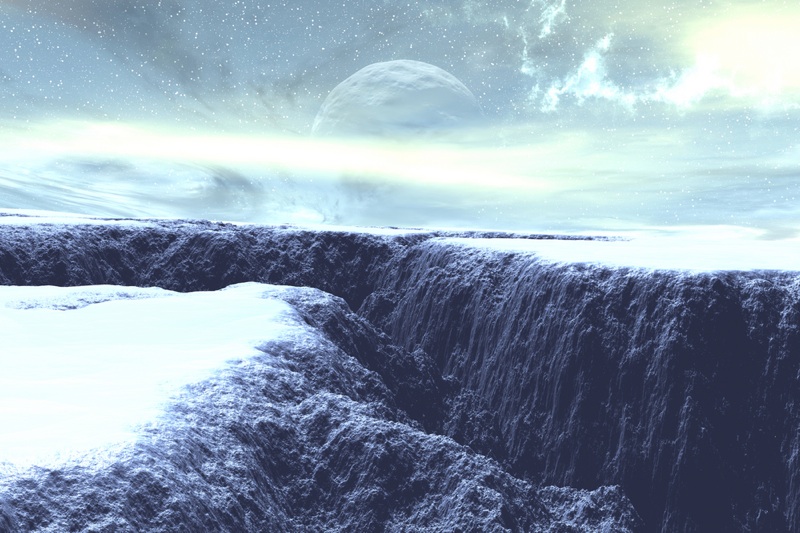
In case the Y2K bug didn't do us in, global catastrophe was assured by Richard Noone, author of the 1997 book "5/5/2000 Ice: the Ultimate Disaster" (Three Rivers Press). According to Noone, the Antarctic ice mass would be three miles thick by May 5, 2000 — a date in which the planets would be aligned in the heavens, somehow resulting in a global icy death (or at least a lot of book sales). Perhaps global warming kept the ice age at bay.
Nostradamus, August 1999
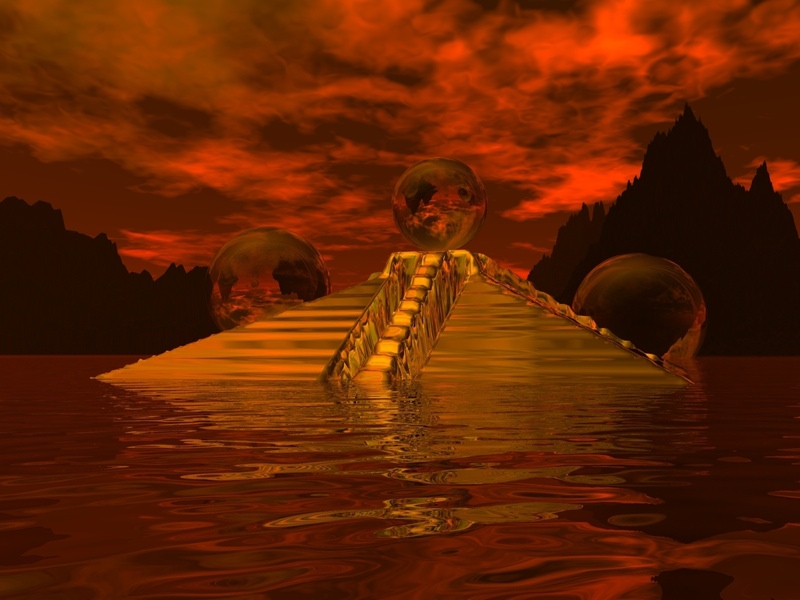
The heavily obfuscated and metaphorical writings of Michel de Nostrdame have intrigued people for over 400 years. His writings, the accuracy of which relies heavily upon very flexible interpretations, have been translated and re-translated in dozens of different versions. One of the most famous quatrains read, "The year 1999, seventh month / From the sky will come great king of terror." Many Nostradamus devotees grew concerned that this was the famed prognosticator's vision of Armageddon.
Related: Did Nostradamus really predict the 9/11 terrorist attacks?
God's Church Ministry, Fall 2008
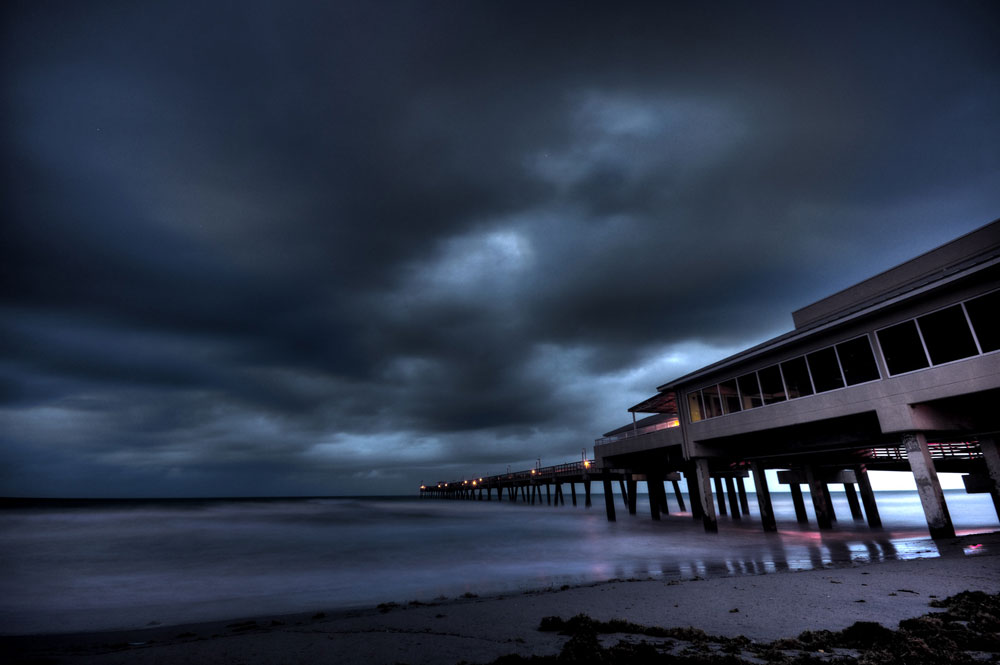
According to God's Church minister Ronald Weinland, the end times are upon us-- again. His 2006 book "2008: God's Final Witness" (The-End.Com, 2006) states that hundreds of millions of people will die, and by the end of 2006, "there will be a maximum time of two years remaining before the world will be plunged into the worst time of all human history. By the fall of 2008, the United States will have collapsed as a world power, and no longer exist as an independent nation." As the book notes, "Ronald Weinland places his reputation on the line as the end-time prophet of God."

